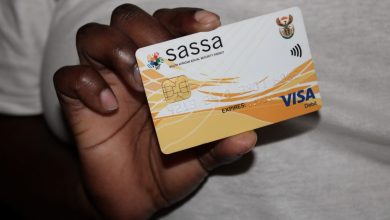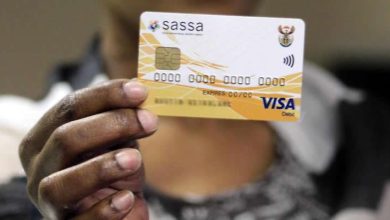Easypay vs Postbank: Which One Is Better for SASSA Grants?

Millions of South Africans rely on SASSA grants to support their daily living expenses. Easypay and Postbank are two of the most popular options for receiving these payments. Both have their benefits, but which is the better choice for SASSA beneficiaries? Let’s compare them to see which suits your needs best.
1. Postbank (Post Office) – An Overview
For years, Postbank, a division of the South African Post Office (SAPO), has been the primary channel for distributing SASSA grants. Many South Africans are familiar with the SASSA gold cards issued by Postbank. These cards allow recipients to collect their payments at Post Office branches throughout the country. However, recent changes are affecting the Postbank system.
As of 2025, Postbank suspended the issuance of new black cards due to directives from the Reserve Bank. While existing gold cards remain functional, they will eventually be phased out.
Benefits of Postbank:
- Physical Cash Access: Beneficiaries can collect their payments in cash, ideal for those without a bank account.
- Familiar System: Postbank has a long history and is trusted by many grant recipients.
- No Bank Account Needed: Cash can be withdrawn without a bank account, making it accessible for those without financial services.
Downsides of Postbank:
- Card Phase-Out: New card issuance has been suspended. Existing gold cards will be phased out, requiring beneficiaries to find an alternative.
- Long Queues: Post Office branches are known for long waiting times, especially on payment days.
- Limited Accessibility: Some remote areas may have limited access to Post Office branches, making cash collection difficult for some.
2. Easypay Everywhere – A Modern Alternative
In contrast, Easypay offers a modern, digital alternative for receiving grants. Easypay operates through a network of over 230 branches and mobile agents across South Africa. Beneficiaries can access their funds at these locations, which are often more accessible than traditional Postbank branches. Easypay accounts are held with African Bank (formerly Grindrod Bank), providing recipients with a full suite of banking services.
Easypay allows users to manage their money digitally. Through mobile banking or online access, recipients can check their balance, transfer funds, and even apply for financial services like loans and insurance.
Benefits of Easypay:
- Access to Digital Banking: Users can access their money online or via a mobile app, offering flexibility.
- Additional Financial Services: Easypay offers loans, insurance, and savings options, helping recipients plan financially.
- Convenient Access: Easypay has over 230 branches and agents, especially useful in rural areas.
- Better Control Over Funds: Easypay gives recipients more control over their money, without relying on physical locations.
Downsides of Easypay:
- Bank Account Requirement: Easypay requires a bank account with African Bank, which could be a barrier for some.
- Digital Dependency: Recipients without smartphones or internet access may struggle with Easypay’s services.
- Potential Fees: Some Easypay services, such as withdrawals, may involve fees that could be an issue for tight budgets.
Which One Is Better?
Choosing between Easypay and Postbank depends on the recipient’s preferences.
For Recipients Who Prefer Cash Collection:
If a recipient prefers to collect their cash in person and has limited access to digital banking, Postbank remains a solid option. However, as new card issuance is suspended, it is likely that Postbank will become less viable over time. The eventual phase-out of gold cards means that beneficiaries will need to consider other options soon.
For Recipients Who Want More Control and Digital Access:
Easypay is an excellent option for those who want access to digital banking and more flexibility with their finances. Easypay offers additional services such as loans and insurance, making it ideal for recipients looking for a more comprehensive solution. It also allows recipients to avoid long queues and manage their money more conveniently.
As SASSA encourages beneficiaries to choose the payment solution that suits them best, Easypay’s modern offerings make it an increasingly popular choice. It provides more comprehensive banking services, which Postbank cannot currently match.
The Future of SASSA Grant Payments
SASSA is working to modernize how grants are distributed, urging beneficiaries to explore various payment options. With Postbank suspending card issuance and moving away from traditional banking, Easypay and other digital solutions are likely to take over as the preferred method for receiving SASSA payments. Easypay’s combination of physical and digital access positions it well for the future.
Check also: How Medical Assessments Work for the Care Dependency Grant in South Africa
Ultimately, the choice between Easypay and Postbank depends on the recipient’s needs. Postbank remains an option for those who prefer cash collection and have limited access to digital services. However, with the phasing out of the SASSA gold cards, Easypay offers a more flexible and modern solution. It provides greater access, control over funds, and digital banking features.
In a rapidly changing financial landscape, Easypay is the preferred option for recipients looking for digital access and additional financial services. However, for those still relying on cash collections, Postbank may remain the best option in the short term.




